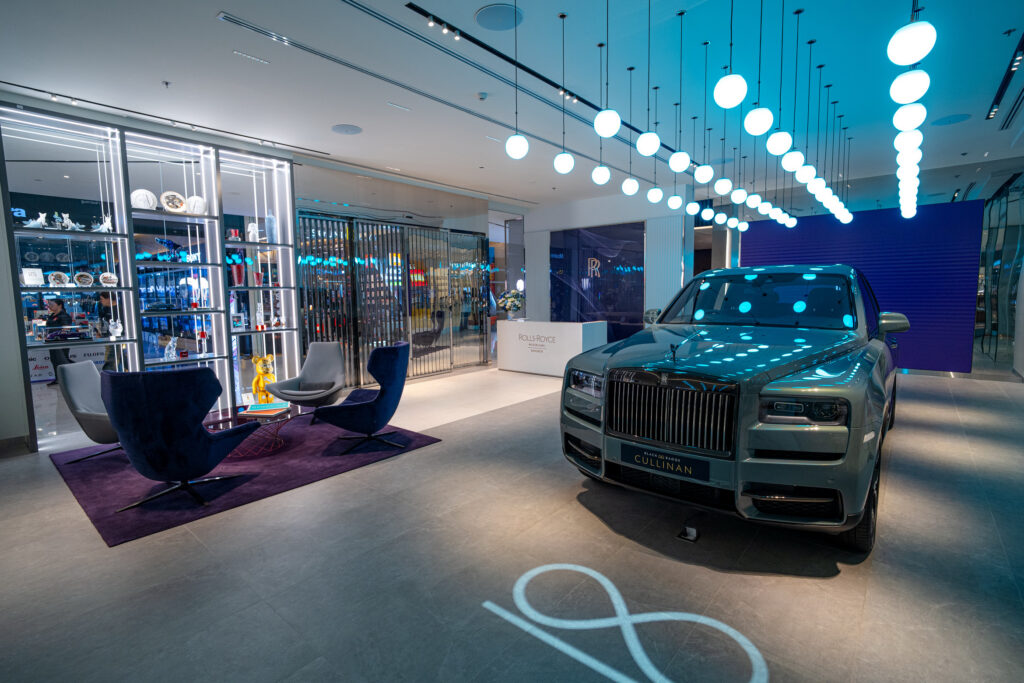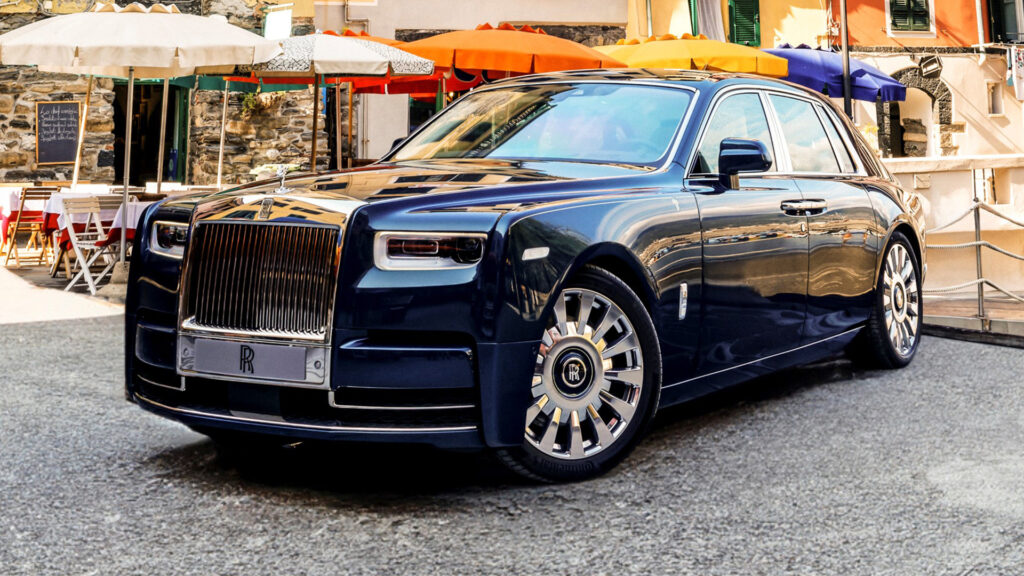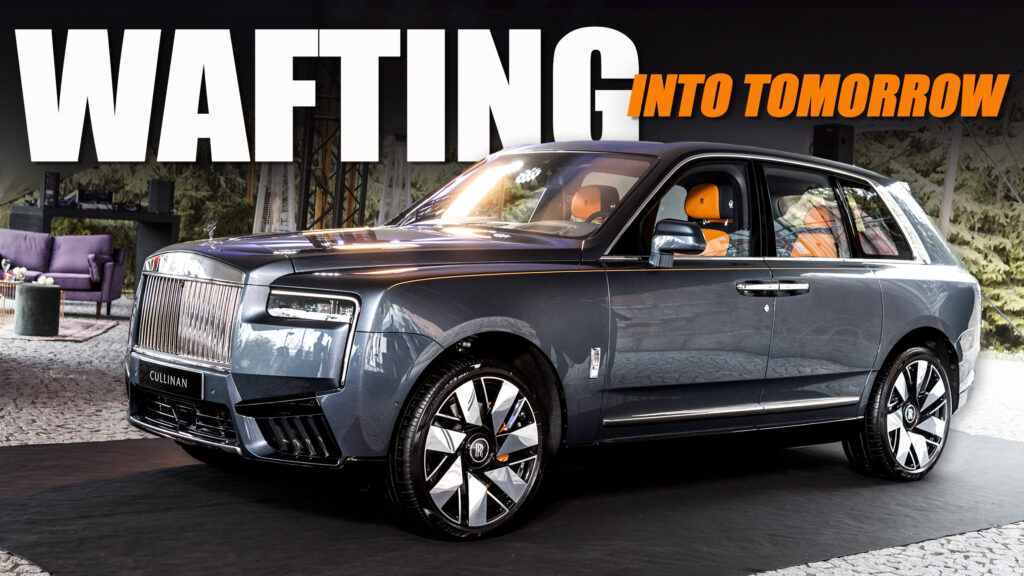- Rolls-Royce plans to retire its combustion models after the 2031 model year, focusing on EVs.
- The luxury brand is sticking to battery-electric vehicles, with no plans for hybrid powertrains.
- 75-80% of early Rolls-Royce Spectre customers are opting for significant vehicle customizations.
Rolls-Royce isn’t pursuing hybrid powertrains, and while it plans to transition to an all-electric lineup by 2030, it remains open to alternative options, if that’s what its customers prefer.
Many car manufacturers are pivoting towards hybrids as a stopgap before later transitioning to electric-only powertrains. However, according to Rolls-Royce chief executive Chris Brownridge, “a hybrid is not something we would envisage,” suggesting that it could compromise the “waftability and effortless power” of its vehicles.
What is ‘Waftability’?
“Waftability” is a term Rolls-Royce uses to describe the smooth, effortless driving experience its cars deliver. It’s the feeling of gliding along the road with minimal effort, where the suspension, powerful yet refined acceleration, and top-tier sound insulation make the ride feel almost air-like. The goal? To provide unparalleled comfort and tranquility for both driver and passengers, even at high speeds or on long journeys.
Rolls-Royce appears confident that battery-electric vehicles are its future. While the Spectre is currently its only EV, it will soon be joined by a full-size crossover and an electric replacement for the Phantom in the coming years. The brand will then be ready to retire its internal combustion models after the 2031 model year. However, while speaking with Auto News, Brownridge indicated this date is flexible.
Read: Rolls-Royce Spectre Semaphore Looks Like Someone Spilled Paint On Its Hood
“We have the ability to go all-electric by 2030, but we will be led by our clients,” he said. “Different regions of the world will progress in terms of their powertrain at different rates. So, it’s important that we can accommodate that.”

Unlike many legacy automakers that are focused on scaling up volume, Rolls-Royce enjoys the luxury of not needing to chase higher sales. Last year, the company sold around 6,000 vehicles, and according to Brownridge, there’s no target to increase that number. Instead, the brand is focused on “growing value for our clients” by enhancing its bespoke offerings, which allow for extensive customization of new vehicles.
For example, in the case of the electric Spectre, 75-80% of early orders feature significant customization. This has pushed the average transaction price to around $550,000—about 30% higher than the car’s base MSRP.
In North America, one in every three Rolls-Royce vehicles has significant personalization, recently prompting the brand to open an exclusive Private Office in New York where customers can design their dream cars.




